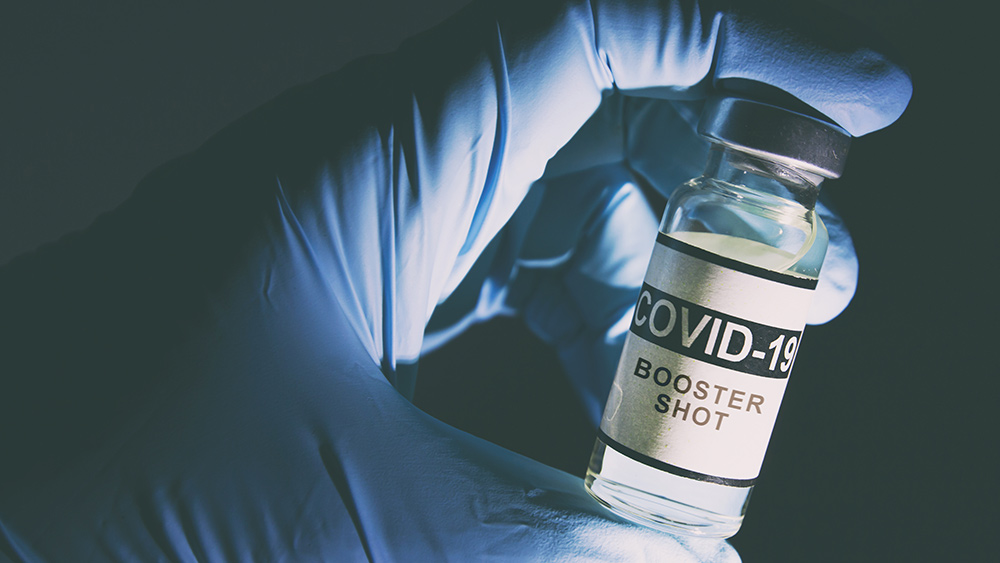Study: The stem bark of black stinkwood has anti-diabetic and anti-inflammatory properties
05/05/2021 / By Evangelyn Rodriguez

Ocotea bullata, also known as black stinkwood, is a slow-growing but useful tree native to South Africa. One of the most widely traded plants in the country, black stinkwood is a source of high-quality timber and potent natural medicine. Human ailments that can be treated by the stem bark of black stinkwood range from headaches and inflammation to nervous disorders and infections of the male urinary tract.
In a recent study, researchers at the University of the Free State, Qwaqwa Campus in South Africa evaluated the phytochemical composition and biological activities of black stinkwood stem bark extracts. According to previous studies, black stinkwood has antioxidant and anti-inflammatory properties; it can also inhibit the activity of enzymes involved in carbohydrate metabolism. This property makes the plant useful for the management of diabetes.
The researchers reported their findings in an article published in the Journal of Integrative Medicine.
The anti-inflammatory and anti-diabetic properties of black stinkwood
To further explore the medicinal uses of blank stinkwood and the phytochemicals responsible for them, the researchers obtained extracts from the plant’s air-dried stem bark using hexane, ethyl acetate, methanol and water as extraction solvents. They then performed phytochemical analysis and in vitro assays to determine the extracts’ antioxidant capacities.
To assess the extracts’ antidiabetic and anti-inflammatory properties, the researchers looked at their effects on the activities of a-amylase and a-glucosidase, two enzymes involved in the breakdown of carbohydrates into simple sugars, and 5-lipoxygenase, an enzyme involved in inflammation. They also tested the extracts’ cytotoxicity using Vero cells.

The researchers found that the ethyl acetate extract from black stinkwood stem bark had the highest phenolic content (8.97?mg/g gallic acid) out of the four extracts, while the methanol extract had the highest flavonoid (36.06?mg/g quercetin) and flavonol (153.44?mg/g rutin) content.
In terms of antioxidant capacity, the hexane extract showed the greatest capacity for scavenging free radicals, while the ethyl acetate extract showed the highest inhibitory activity against superoxide anion and the greatest ferric ion-reducing power. Meanwhile, the aqueous extract displayed the strongest metal-chelating activity, even when pitted against gallic acid, a powerful antioxidant.
The aqueous extract also showed the highest inhibitory activity against a-amylase and a-glucosidase, even higher than acarbose’s. Acarbose is a well-known a-glucosidase inhibitor commonly used to treat Type 2 diabetes. When it comes to inhibiting 5-lipoxygenase activity, no significant differences were found between the half-maximum inhibitory concentration (IC50) values of all the tested extracts and indomethacin, a nonsteroidal anti-inflammatory drug. The extracts also proved to be non-toxic to Vero cells, which are kidney cells commonly used for in vitro studies.
Based on these findings, the researchers concluded that African black stinkwood is an excellent source of phytochemicals that can be used to manage diabetes and inflammation. (Related: New study confirms the anti-diabetic potential of a South African plant.)
Other medicinal uses of black stinkwood
Black stinkwood can be found in the high forests of South Africa and is said to produce one of the best timbers in the region. However, its popularity has had a serious impact on its population in the wild. Today, the South African government strictly controls the use of black stinkwood to preserve remaining stocks.
In traditional South African medicine, the most popular use for black stinkwood is as a remedy for headaches. When mixed with other herbs, its bark is also useful for the treatment of male urinary tract infections. People also use the bark for steam baths to get rid of pimples, hinting at the plant’s antibacterial properties.
Other uses for black stinkwood bark include as an astringent, a diuretic and an emetic — a substance that induces vomiting. According to other investigations on the plant’s chemical properties, its major components are tannins and neolignans, which are structurally diverse compounds that exhibit anti-inflammatory, antiviral and anti-parasitic activities in vitro.
Many plants used in various traditional systems of medicine exhibit antioxidant, anti-inflammatory and antidiabetic properties similar to black stinkwood’s. To learn more about these useful plants, visit PlantMedicine.news.
Sources include:
Submit a correction >>
Tagged Under:
alternative medicine, anti-diabetes, anti-inflammatory, black stinkwood, diabetes cure, herbal medicine, Herbs, inflammation, natural cures, natural medicine, phytonutrients, plant medicine, remedies, research
This article may contain statements that reflect the opinion of the author



















